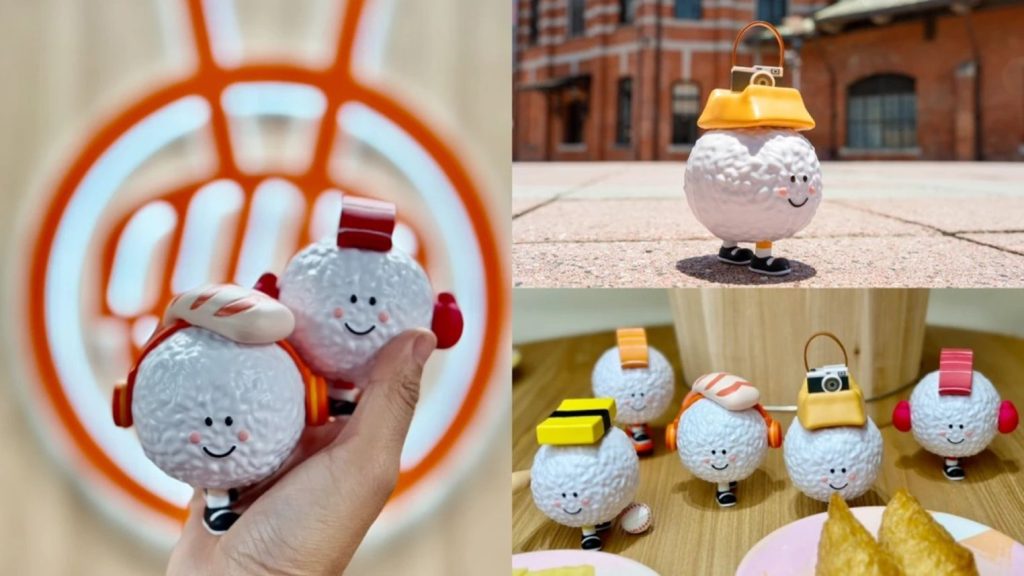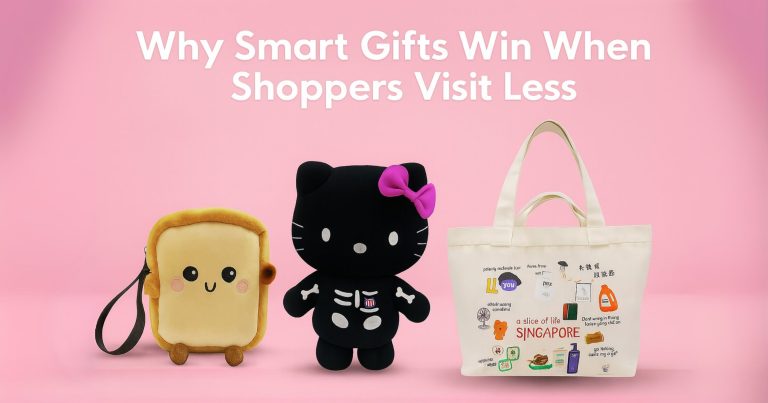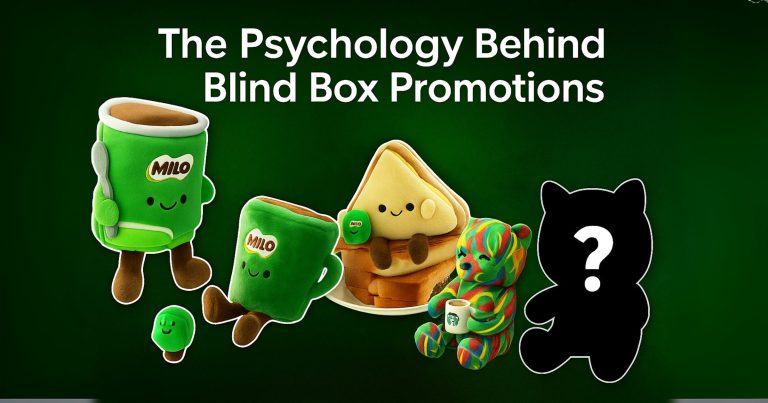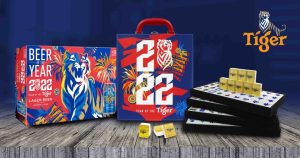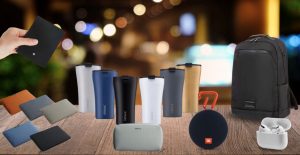
In-House IP vs. IP Licensing: Which Works Better for Your Brand Merchandise Strategy
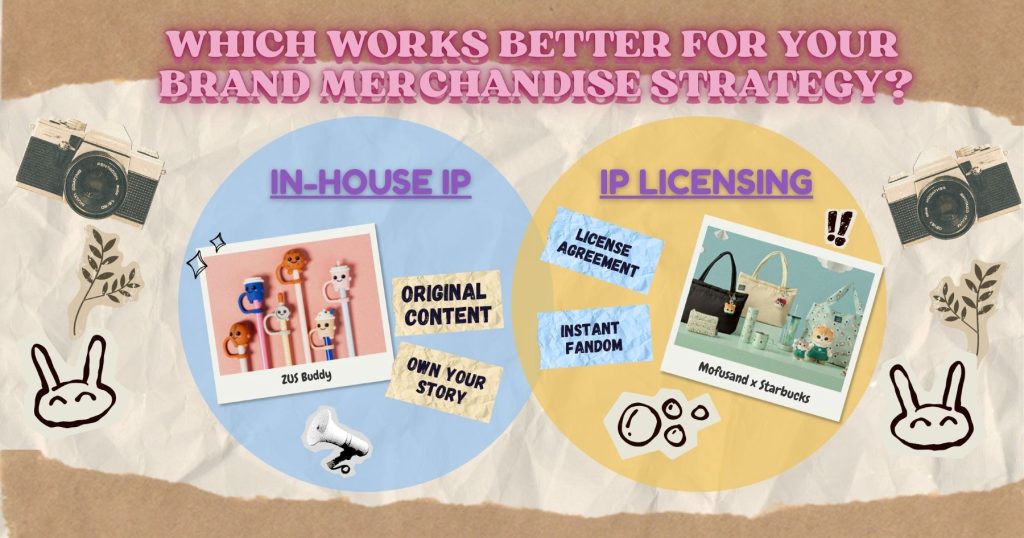
The Rise of Brand Merchandise as a Marketing Strategy in APAC
In APAC, branded merchandise is no longer just “free gifts.” It’s a cultural connector, a content engine and a loyalty driver. That’s why two major strategies have emerged:
a) Licensed IP collaborations. Fast‑food chains and FMCG brands borrow beloved characters to spark immediate fandom. Recent examples include 4Fingers x Quby, Marigold Peel Fresh x Miffy and KFC x Mofusand etc.

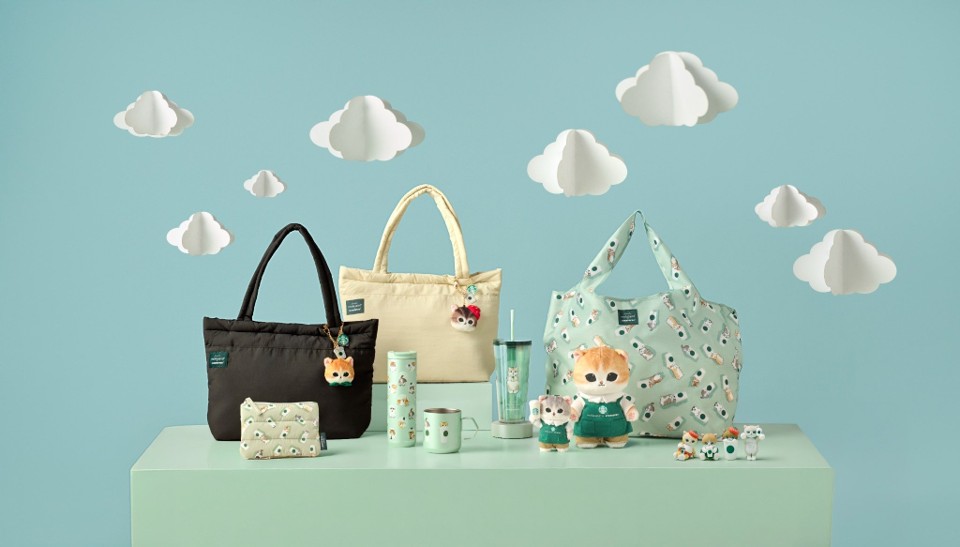
b) In-House IP. Retailers and service brands invest in creating their own universes – think Guardian Singapore’s Beauty Around The World characters, ZUS Buddy or Sushi Express etc.
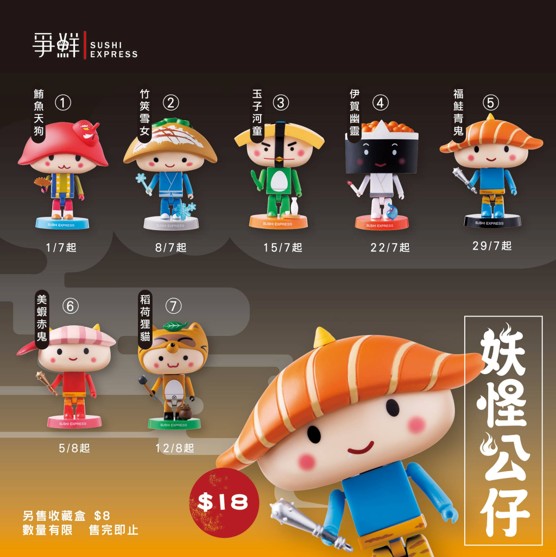
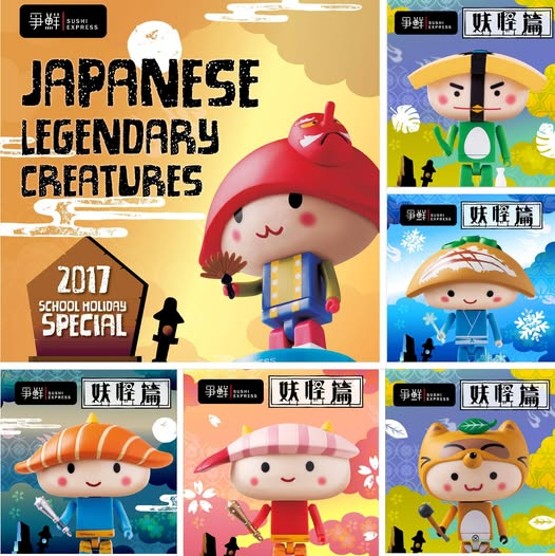
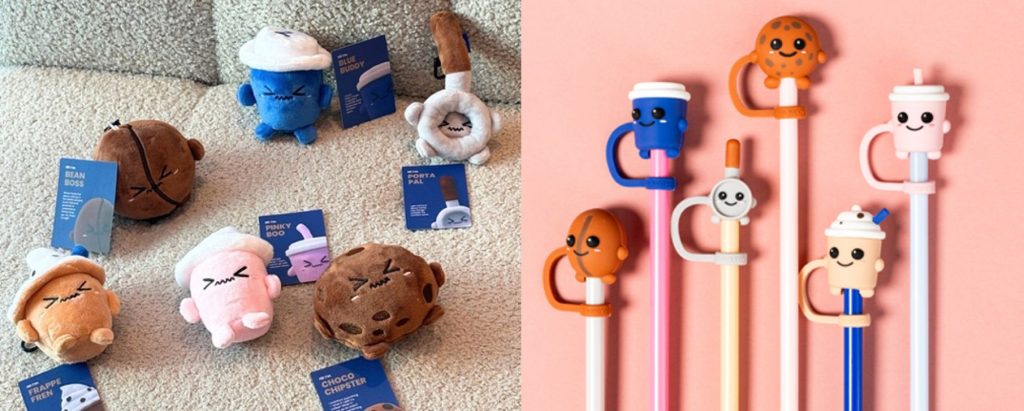
So which delivers stronger ROI — borrowing global icons or building your own world of characters? Let’s compare.
Licensed IP Merchandise — The Shortcut to Instant Relevance
Licensed IP collaborations plug your brand into a pre‑existing fan base, offering quick emotional connection and high collectibility. They often tap nostalgia and global recognition, boosting shareability and sales.
Below are two APAC‑specific case studies.
Case Study: KFC x Mofusand Collaboration (Singapore)
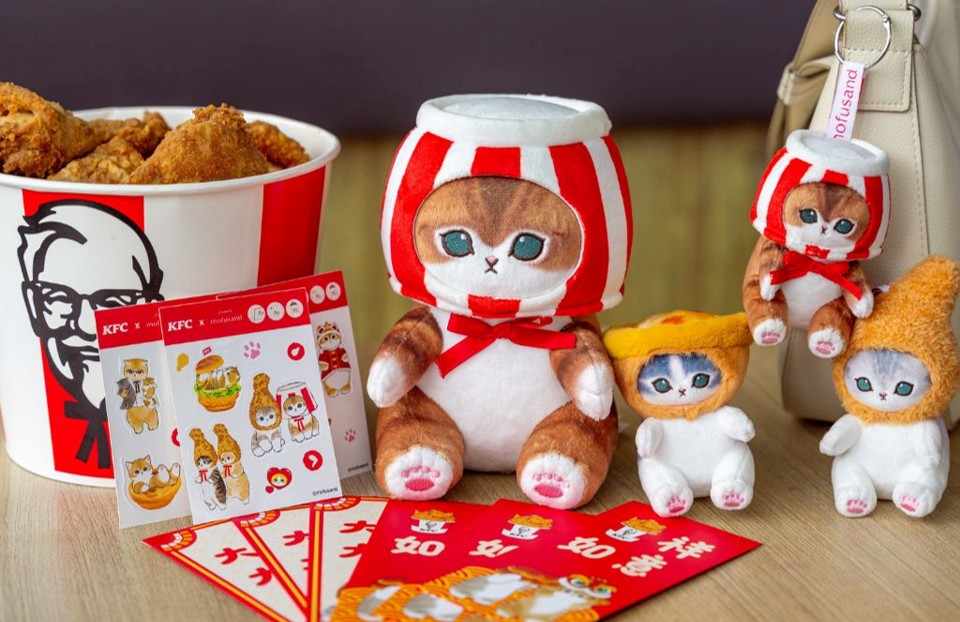
To celebrate Lunar New Year 2025, KFC Singapore collaborated with Japanese illustrator Mofusand to launch limited‑edition merchandise. From Jan 13 2025, diners could redeem KFC‑branded red packets with cereal chicken bundle. Plushie keychains featuring cats dressed as KFC menu items (bucket, egg tart, drumstick) were released weekly and sold at S$12.95 with any cereal chicken box purchase. Each customer was limited to two keychains per transaction. An 8‑inch plush of a Mofusand cat wearing a KFC bucket hat was available at S$19.95 from Feb 5 2025 at ten selected outlets. Sticker blind packs were given free with a minimum S$12 spend during breakfast hours
Result: Media coverage noted that this was the first fast‑food chain in Singapore to secure a Mofusand collection. The novelty of pairing adorable cats with KFC icons generated huge buzz on social media and drove collectors to queue early for each release. Limited quantities and weekly drops created FOMO, with resellers listing keychains for many times the retail price.
Takeaway: Licensed IP collaborations tap into existing fandoms. By adding local twists (cats cosplaying KFC buckets and egg tarts) and scarcity (weekly drops, purchase limits), brands can create viral hype and incremental sales. The KFC x Mofusand campaign shows how an emotive licensed IP can turn a seasonal menu promotion into a must‑have collectibles event.
Case Study: Guardian x Powerpuff Girls (Malaysia, 2024)
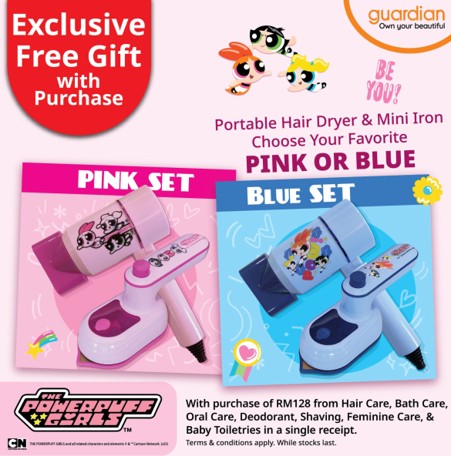
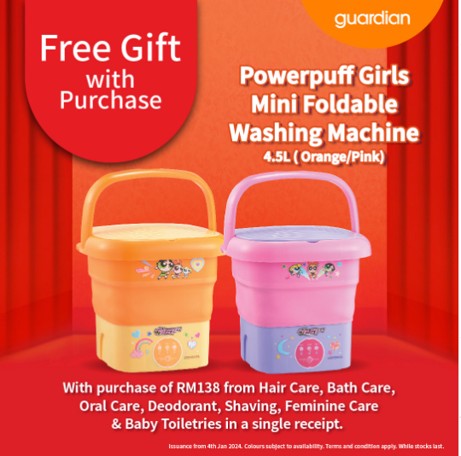
Guardian Malaysia partnered with The Powerpuff Girls to launch a Gift-with-Purchase (GWP) campaign featuring lifestyle appliances — a portable hair dryer and a mini portable washing machine. The collaboration ran across 600+ retail touchpoints, offering fans practical yet playful collectibles styled with the iconic trio.
Result: The campaign achieved explosive traction — 20,000 units were fully redeemed within 3 days of launch, with 10,000+ social engagements in just the first 2 days. The combination of utility (appliances) with nostalgic pop culture created high desirability, especially among young adults, and drove rapid sell-through.
Takeaway: Everyday appliances can become must-have collectibles when infused with beloved IP. By blending functionality with fandom, Guardian demonstrated how licensed merchandise can deliver both practical value and emotional excitement — driving fast redemption, social buzz, and strong brand love.
In-House IP Merchandise — Building a Brand’s Emotional World
Developing an in‑house IP takes longer but offers unique long‑term benefits. Every character belongs to you, strengthening recall and allowing you to tell stories across markets and seasons.
Below are two notable APAC examples.
Case Study: Watsons Family (Asia-Wide Launch)
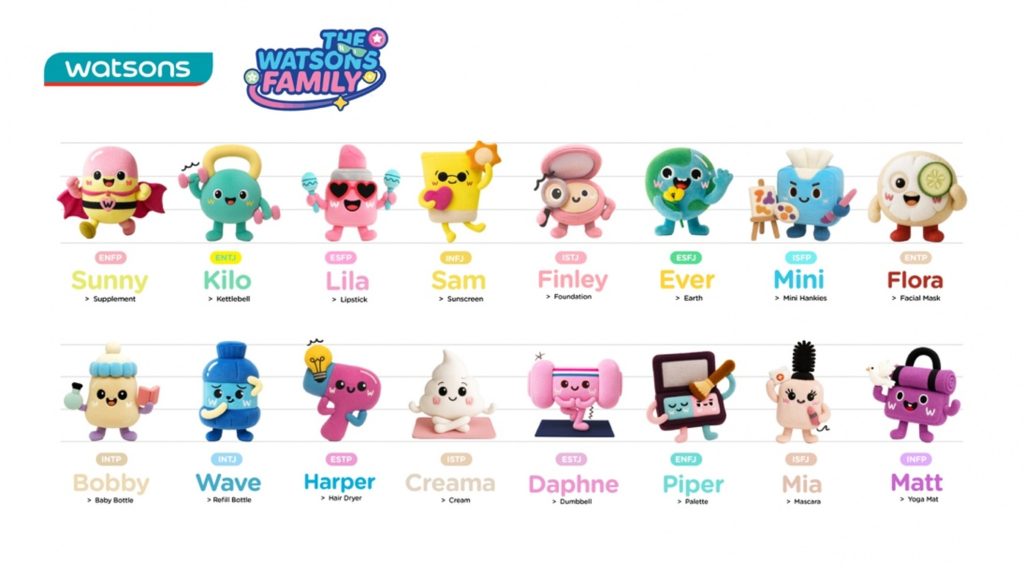
Case Study: Sushi Express Taiwan — A Nostalgic Comeback with Modern Personality
In September 2025, health‑and‑beauty retailer Watsons unveiled The Watsons Family – an original IP featuring 16 characters, each inspired by a different Myers‑Briggs (MBTI) personality type. These characters animate Watsons’ own‑brand products and stores, turning everyday essentials into collectible, character‑themed item. The launch began in Hong Kong and will roll out across mainland China, Malaysia, Taiwan and Thailand. Marketing includes immersive store visuals, social campaigns and meet‑and‑greet events.
According to Watsons’ customer director, the characters represent a strategic shift from functional retail to experiential storytelling. He cites IP‑related products in Asia growing by over 448 % year‑on‑year in 2024, underscoring the commercial opportunity. By owning the characters, Watsons can flexibly adapt them to local markets and build loyalty programmes anchored in personality‑driven narratives.
Takeaway: Owned mascots enable deeper emotional connections because they’re uniquely tied to the brand. By mapping characters to personality types and integrating them across products, campaigns and events, Watsons turns self‑care routines into an engaging universe. This fosters long‑term loyalty and differentiates the brand from retailers that rely solely on licensed IP.
Sushi Express revived its beloved mascot line in June 2025. The refreshed “Walking Sushi Figurines” line modernises Sushi Express’s legacy mascots by giving each a distinct, lifestyle-driven identity — from skating and music to photography, baseball, and boxing. Customers who spend NTD 360 in a single transaction can purchase a random figurine for NTD 169 via blind draw at Sushi Express, Sushi Express PLUS and Magic Touch outlets across Taiwan.
Result: The nostalgic relaunch stirred excitement among fans who remembered the original 2007 figurines. Limited quantities, blind‑box mechanics and membership incentives encourage repeat patronage and social media sharing. By tying the characters’ personalities to contemporary interests, the brand appeals to younger diners while preserving its legacy.
Takeaway: Reviving or developing mascots allows F&B brands to build emotional anchors that transcend menu items. Sushi Express demonstrates how adding storylines (adventurous rice balls leaving the “rice bucket kingdom”) and sustainable packaging can turn a simple add‑on into a collectible event. Such owned IP strengthens brand identity and can be refreshed periodically to re‑ignite customer enthusiasm.
In-House IP vs IP Licensing Brand Merchandise — The ROI Trade Offs
| Factor | Licensed IP Merchandise | In-House IP Merchandise |
|---|---|---|
| Speed to Market | ✅ Plug-and-Play (assets, recognition, and fanbase already established) | ❌ Longer Lead Time (requires character creation, narrative building, and rollout) |
| Cost Structure | ❌ High Upfront & Royalties (licensing fees, approvals, usage limits) | ✅ Asset Amortisation (higher upfront, but scalable across campaigns without recurring fees) |
| Consumer Excitement | ✅ Instant Fandom Effect (nostalgia, existing cultural equity) | ⚖️ Momentum-Driven (requires consistent brand storytelling & marketing effort to build affinity over time) |
| Brand Equity | ⚖️ Borrowed Equity (brand halo tied to external franchise) | ✅ Proprietary Equity (IP becomes a brand-owned asset, strengthening long-term differentiation) |
| Virality Potential | ✅ Pre-Loaded Virality (fans drive UGC & buzz) | ✅ Tailored Virality (strong if personalised to local culture, consumer insights, or community trends) |
How Marketers Can Decide
When to Use Licensed IP — For Fast Campaign Buzz and Fandom
If your goal is quick buzz or a one‑off gift‑with‑purchase campaign (GWP) → licensed IP collaborations deliver faster ROI. The KFC × Mofusand and Guardian × Powerpuff Girls campaigns show how limited merch can create viral excitement quickly.
When to Build Your Own IP — For Long-Term Loyalty and Brand Equity
If your goal is long‑term loyalty and differentiation → invest in building owned mascots. Watsons Family and Sushi Express illustrate how bespoke characters can live across products, stores and digital channels, deepening emotional ties over time.
The Hybrid Strategy — Combine Licensed Appeal with Owned Continuity
Pro tip: Many brands now do both — borrow star power for seasonal spikes while developing proprietary characters for continuity. This mixed strategy balances short‑term buzz with sustainable brand equity.
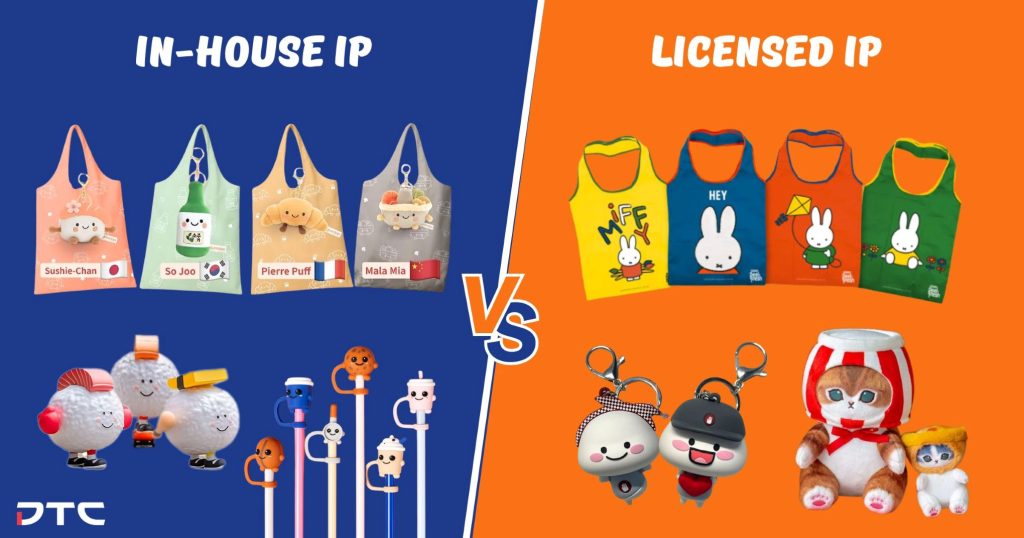
Key Takeaways for APAC Marketers
Licensed IP = speed, fandom & viral buzz. Ride on pop culture to tap into existing fan bases, but be prepared for licensing costs and shared equity. Weekly drops, blind boxes and localised designs amplify excitement.
In-House IP = loyalty, differentiation & long‑term equity. Characters mapped to personality types or product categories become part of the brand’s DNA. They can be refreshed and localised without renegotiating rights.
Best practice: Integrate thoughtful merchandise design psychology – curiosity, personalisation and usability – into both approaches to maximise campaign ROI. Creating emotional stories around characters, whether borrowed or owned, turns merchandise into media.
Crafting IP Strategies That Sell Out and Stand Out
IP isn’t just about pop culture anymore — it’s about how you make your brand memorable. Whether you choose to partner with a beloved franchise or develop your own mascot, the key is designing merchandise that sparks emotion, drives user‑generated content (UGC) and keeps your brand top of mind.
At DTC World, we’ve helped brands across APAC bring both licensed IP and In-House IP Mascot to life — from 4Fingers X Quby keychains and Marigold X Miffy Foldable Bag to Nissin and Zespri collectibles. If you’re planning your next merchandise initiative, let’s explore how to craft a corporate gift strategy using IP that not only sells out but also stands out.
About the author

Jason Cheng
Managing Director at DTC World, specialising in APAC brand merchandise, gift-with-purchase, and fulfilment. He helps marketers design collectible, TikTok-ready premiums that drive real sales impact.

